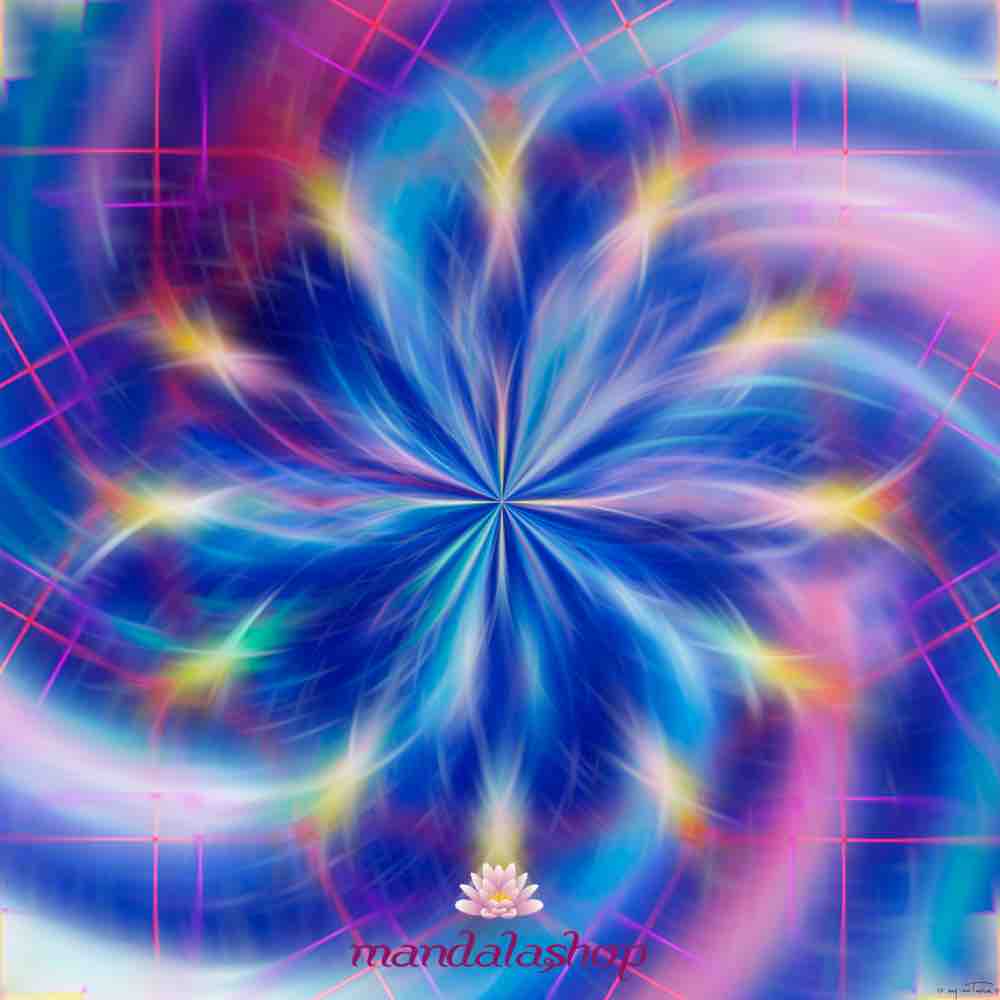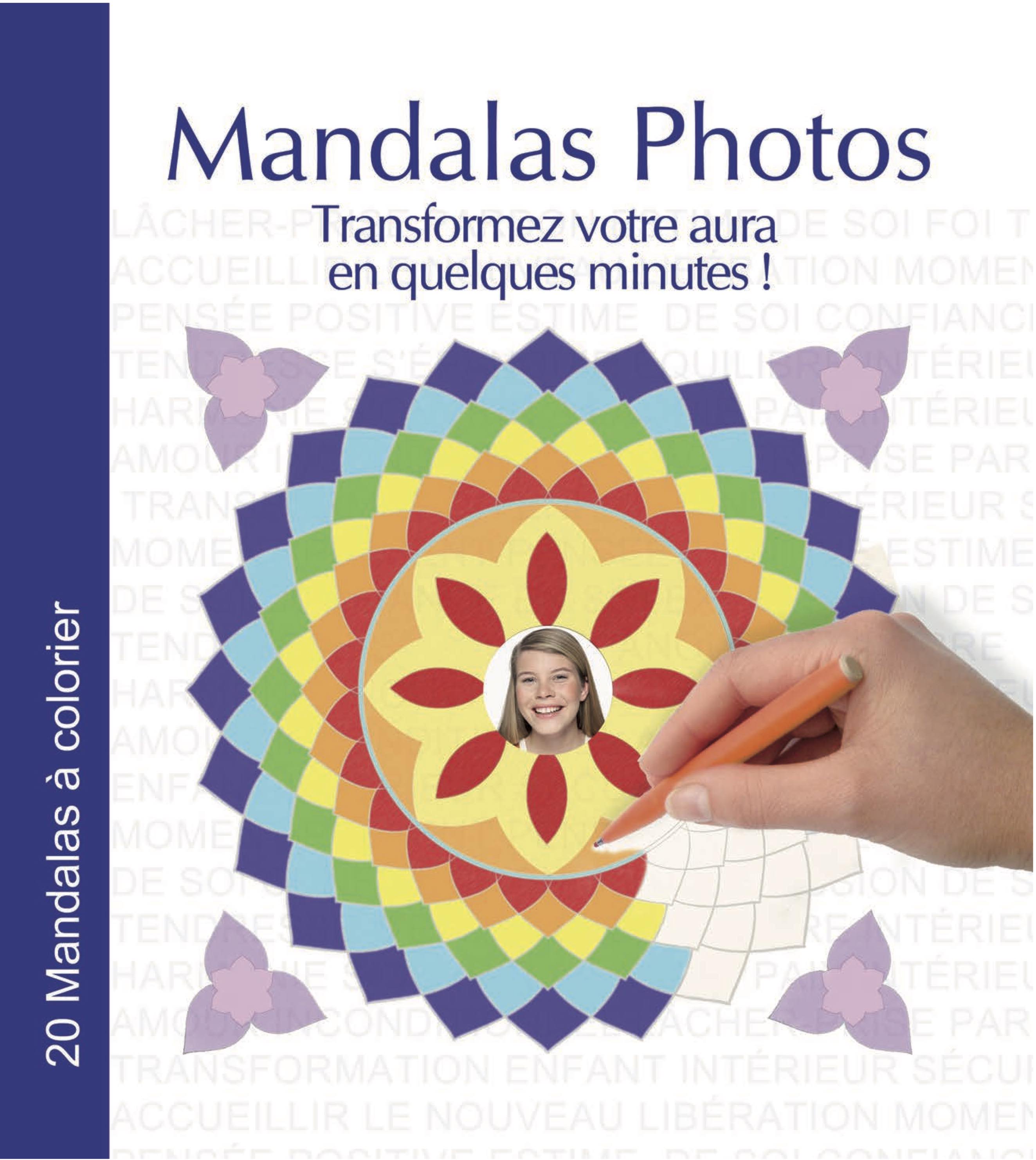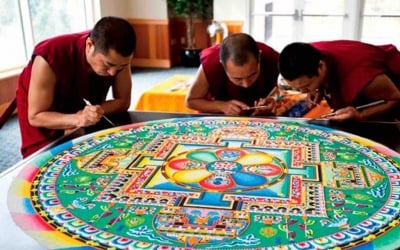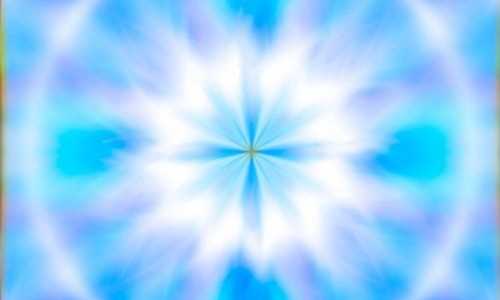Coloring mandala - Discover the best anti-stress activity
Symbolism of the Mandala
The word "Mandala" is a Sanskrit word meaning "circle, center, unity, totality." Literally, it is a geometric shape, a square or circle, abstract and static, or a living image formed of objects and/or beings. It is a cosmic diagram that reminds us of our connection to the infinite.
The mandala is first a center, then concentric patterns radiating outward.
- The center is the concentration, the self, the birth, the beginning, and the end as well..
.- Around the center, the other circles symbolize the organization of our relationships to the world.
- The square that often encloses the mandala is our realization in the world.
Mandala and therapy
For thousands of years, the creation and contemplation of mandalas have been used either for meditation as a sacred ritual by Buddhist monks, or as a therapeutic tool for self-discovery and healing, as among Native American shamans.
It was the famous Carl Gustav Jung who "imported" the Mandala to the West by using it as a therapeutic tool with schizophrenics. This pathology having for characteristic the fragmentation of the Ego and the conscience, the Mandala intervened to unify the conscience, and to calm the tormented spirit.
Jung discovered that the mandala is a powerful medium for growth and transformation, a symbol of totality.
He used it to explore his own psyche, and then that of his patients. Jung studied the mandala in all cultures and came to the conclusion that it was a "universal archetypal form", a universal symbol.

The importance of the center in the Mandalas
(source: /www.cgjung.net)
Jung does not neglect the historical and symbolic side of mandalas.
Representation mandalas are very old. The term originally means circle, and especially magic circle. In the form of drawings it is found in the East, especially in Tibetan Buddhism. The Tibetan tradition traces the origin of the mandala to the Buddha, Shakyamuni, who would have made the Kalachakra Mandala shortly after his awakening.
Tibetan mandalas are sometimes very complicated. Jung attributes to their making a soothing effect on the soul. Contemplating them relieves tension and gives a sense of order and meaning to life. Mandalas are also instruments of evolution.
"They are yantras or ritual instruments intended for contemplation, and for the final transformation of the yogin's personal consciousness into universal divine consciousness." (Psychology and Religion, p.138)
We also find "ornate" mandalas, which have a ritual or religious meaning, in medieval works. Christian mandalas of this period often depict a Rex Gloriae, King of Glory, with the four evangelists. In all these types of mandalas the emphasis is on the center:
"...always the harmonization of the lines is done around an ideal center or represents it in a direct (symbolic) way. For example the rich ornamentation that accompanies the representation of the cross." (Correspondence, T. IV, p.224.)
The benefits of mandalas
Jung said of mandalas that they provide :
"A feeling of inner peace, reconciliation, order in the middle of chaos.
Since then, the Mandala is used inart therapy, personal development, psychotherapy ... Its virtues are unanimous: refocusing, inner calm, self-knowledge, soothing, psychological restructuring ..

Mandala and spirituality: towards awakening and fulfillment
If you really look inside yourself, you will see that your soul wants to have a real experience of spirituality.
This is where our Mandalas can come in. Each Mandala has a thought-form, a soul, an influence, a vibration of its own.
They are there with you to help you walk the path to happiness, fulfillment and awakening.
Their role is to promote the energy of good fortune and to help you create the atmosphere that will allow all the sleeping gifts and abilities to awaken.
Perhaps this is the meaning of life and happiness: to awaken the divine potential that sleeps in each person in order to create a world of ideas, feelings, colors, sounds and harmonious movements.
Today, the mind has taken a place that prevents the human being from approaching his center, from going to meet himself. Stress has become the lot of everyone and is responsible for a great deal of illness. Your soul wants to live through you but the door is often closed to it by the world of external influences which imprisons the world of thoughts, which are enslaved.
It is necessary to put all the chances on your side and to reinforce all that aspires to help you. It is a positive and confident attitude of life.
If you are a therapist, it is possible for you to propose to your patients a selection of vibratory Mandalas able to encourage the person in his search for calm, serenity, harmony...
The vibratory Mandalas can help him in a daily problem, whether it is personal, family, relational, professional ... All Mandalas are there to support, accompany, guide ...
There is inevitably one which corresponds perfectly to the need for each one. It will assist your patient on his or her healing path.
The vibratory Mandalas are considered since the highest antiquity as endowed with formidable magical powers.
Many people are desperate to get something out of life. For this, they are ready for all sacrifices, efforts, victories over themselves.
Mandalas are a natural way to connect with what is. They are a bridge that reminds you that the very essence of your being is sacred, magical, unified with the Whole.

Their message is:
"Come into harmony with the magical world and let the beauty enter you. This world is not polluted by hypocritical good and evil. It is pure."
The most important thing in life is life itself. It is the foundation
What one does with life is never more important than life itself. To be able to link up with the magical and positive forces of life and to encourage all forms of life to find this deep harmony, this osmosis with life, is an approach through the vibratory Mandalas which have the power to take you out of your daily agitation to awaken you to the omnipresence of the sacred world and to the magic of life.
In order to live in harmony, one must also harmonize one's habitat with the universe and the forces that act upon it.
In our time of increasing shock waves, disturbances, mental and emotional upheavals, it is more than necessary to have the intelligence to protect ourselves in a conscious and dynamic way.
Basically, the outside world is a reflection of who we are.
So the more we discover and cultivate inner beauty, the more it appears around us. If conflict and ugliness are within man, then no law, no army, no treaty can prevent war from exploding outside. The only way to produce peace, understanding and love between beings is to introduce and cultivate all these qualities within oneself
Then it will naturally be reflected in the environment. When the inside and outside are harmonious in love and intelligence, true Beauty can manifest and delight the heart and consciousness.
To cultivate one's inner garden is to be an artist, it is to work on one's global being because all the elements of life are solicited. Beauty cannot leave one indifferent, it awakens the whole being and mobilizes it. To rise towards Beauty and to live in it is an ideal of perfection.
Beauty can manifest itself and must be sought in everything. To live without it is to plunge into the darkness of the ugly, the sad, the inexpressive.
Beauty reveals to us the presence of a superior intelligence that aspires to lead everything towards evolution. When this intelligence is present, then everything takes its meaning, even ugliness, even sadness. Beauty embellishes life. When it is absent, then ugliness becomes ugly again; the path is closed.
When we say that "life is beautiful", we are talking about the very essence of life, the greatness that it contains and that must be revealed. The mission of art is to reveal the divine essence of life, of the soul, of intelligence. One can then truly speak of an art of living.
The artist wants to awaken life in himself, around him and in others.
Each of us must become an artist to make life a celebration, a hymn to Beauty.
"Each of us is a Mandala whose center can set in motion the great healing of the worlds..."

Our Mandalas catalog
Coloring the Mandala
Carl Gustav Jung was the first to notice that when people were going through difficult phases, they spontaneously drew what looked like rosettes. After conducting a lot of research, he came to the conclusion that in psychological terms, the mandala represents the whole person. And that this drawing structured around a center allows to reach a balance, a harmony.
So if we are going through a phase of chaos in our lives - psychically or physically - being able to work with a mandala, either by drawing it or coloring it, will allow us to reconnect with our deepest structure. With all our potential, our self. This is valid for adults as well as for children.



They generate a circular harmony
Its circular shape and drawings allow to organize the interior of each individual. This is why coloring mandalas -from a very young age- is very beneficial for children.
Thanks to the visual stimuli, they are encouraged to create, to imagine and to findharmony in their emotional disorder.
They promote concentration
Ideally, children should be focused and quiet when coloring the mandalas. Depending on the complexity of each child, the benefits will vary. Indeed, the cognitive processes mobilized to realize them will increase. Thus, it will develop their imagination, attention and flexibility.
That said, each mandala must be finished in order to achieve the visual and emotional effect it offers. Children will be eager to finish and show them off with pride. This stimulates their capacity for responsibility and achievement. This will increase their self-esteem.
Mandala to color
You will find in these 2 e-books mandalas to download and print at will.
Coloring a mandala is one of the few activities that makes both hemispheres of the brain work at the same time:
- the right side for artistic sense, intuition and creativity;
- the left side for organization, logic, space management and symmetry.
This cerebral balance offers a feeling of relaxation, peace and well-being.
Regular practice of the mandala develops confidence, respect, gentleness and self-love.
In the silence, introspection takes place, the will to improve, to pacify ourselves.
The choice of colors is not insignificant either. They have a real impact on us, even unconsciously.
By choosing one or the other in an instinctive way, we express our feelings, we find well-being, vitality, joy, hope or confidence, according to their symbolism.
We arrive at the end of this article. I hope you liked it
Do not hesitate to comment, to share and to subscribe to our newsletter to be informed of the next publications.

 The mystery of geometric figures
The mystery of geometric figures  Initiate yourself to white magic rituals
Initiate yourself to white magic rituals  Yggdrasil : Viking world tree
Yggdrasil : Viking world tree  Deciphering Magic: An Essential Guide
Deciphering Magic: An Essential Guide  The four agreements: keys to a fulfilled life
The four agreements: keys to a fulfilled life 







